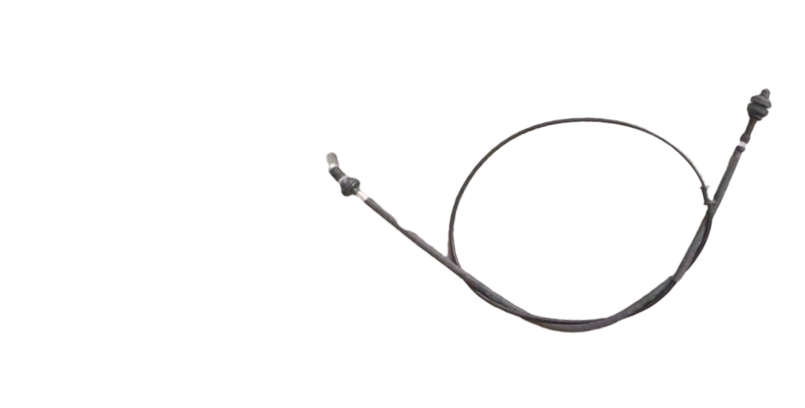throttle cable control
Throttle Cable Control An Essential Component of Engine Performance
Throttle cable control is a fundamental mechanism in a wide array of vehicles, including cars, motorcycles, and various types of machinery. This system plays a crucial role in regulating the engine's speed and, subsequently, the vehicle's acceleration. Understanding how throttle cable control functions can illuminate its importance in achieving optimal performance and efficiency.
At its core, the throttle cable is a flexible cable that connects the accelerator pedal to the throttle body of an engine. When a driver presses the accelerator pedal, the cable engages the throttle body to open or close the throttle plate, allowing air and fuel to enter the engine. The more the throttle plate opens, the more power the engine can produce, resulting in acceleration. Conversely, releasing the accelerator pedal leads to the closure of the throttle plate, which reduces engine power and slows the vehicle down.
One of the crucial advantages of a throttle cable system is its simplicity and direct mechanical connection between the driver and the engine. Traditional throttle systems rely heavily on this cable mechanism, providing immediate feedback in response to the driver's inputs. This direct connection often results in a more engaging driving experience, where the responsiveness of the vehicle feels more natural and intuitive.
throttle cable control

However, as automotive technology has evolved, many manufacturers have moved toward electronic throttle control (ETC) systems. In these setups, the throttle is controlled electronically rather than mechanically. While ETC systems improve fuel efficiency and allow for advanced features such as cruise control and traction control, they can sometimes diminish the direct connection between the driver and the vehicle's response. Some drivers prefer the tactile feel of a mechanical throttle cable, as it provides a more organic driving experience.
Regular maintenance of throttle cable control systems is essential to ensure optimal performance. Over time, the cable can become stretched, frayed, or contaminated with dirt and grime. Such deterioration can lead to delayed throttle response, and in severe cases, complete failure of the cable. Routine inspections and timely replacements can prevent these issues, ensuring that the vehicle operates smoothly and efficiently.
Moreover, the adjustment of the throttle cable is vital for proper functioning. Too much slack can cause an unresponsive throttle, while excessive tension might lead to premature wear and tear. Understanding how to adjust the throttle cable correctly can enhance vehicle performance and prolong the life of both the cable and the throttle body.
In summary, throttle cable control is an integral component that significantly influences the driving experience. Whether in a classic car with a traditional cable system or a modern vehicle equipped with electronic throttle control, the principles remain fundamental to engine performance. Drivers should appreciate the role of throttle cable control and prioritize its maintenance to ensure their vehicles deliver the power and responsiveness they expect. With the right care, this essential component can enhance both performance and safety on the road.
-
Workings of Clutch Pipe and Hose SystemsNewsJun.04,2025
-
The Inner Workings of Hand Brake Cable SystemsNewsJun.04,2025
-
The Secrets of Throttle and Accelerator CablesNewsJun.04,2025
-
The Hidden Lifeline of Your Transmission Gear Shift CablesNewsJun.04,2025
-
Demystifying Gear Cables and Shift LinkagesNewsJun.04,2025
-
Decoding Clutch Line Systems A Comprehensive GuideNewsJun.04,2025
